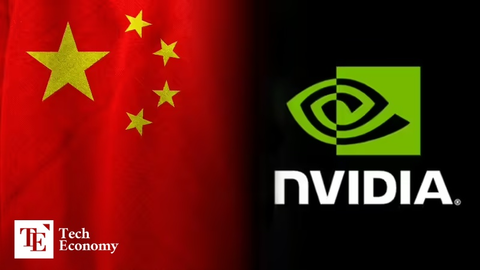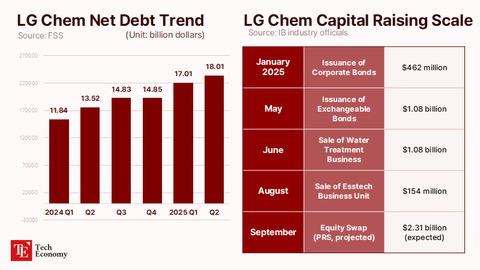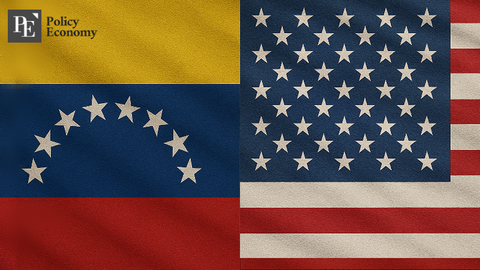China’s AI Response: A Domestic Alliance with Global Ambitions
Input
Modified
Build at home. Expand abroad. Lead globally. As the US tightens control, China deepens its AI roots. It’s not just a response, it’s a reinvention.
As pressure mounts from Washington, China's leading artificial intelligence firms have launched an unprecedented collaboration. The goal is to establish a self-reliant, fully integrated AI ecosystem within the country, capable of withstanding external sanctions while also shaping the global discourse on how AI should be developed and governed. Behind the new alliance is not just a strategy of resilience, but a clear ambition to set the standards for AI on the world stage.
This move comes as US restrictions on semiconductor exports, cloud computing access, and AI model licensing continue to tighten. In response, China has pivoted its industrial strategy toward domestic coordination, pooling resources across hardware, software, capital, and skilled labor. The result is a rapidly maturing AI infrastructure, uniquely centralized and focused on long-term influence rather than short-term survival.
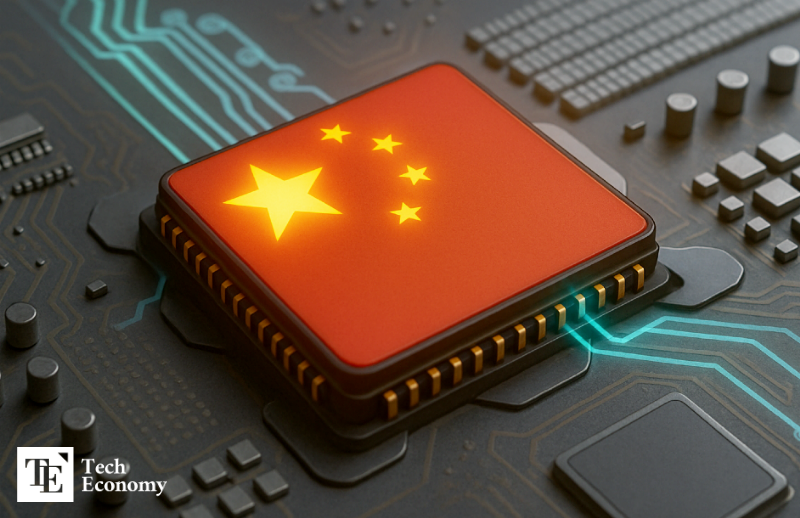
From Pressure to Coordination
The formation of this alliance did not occur in a vacuum. It reflects years of US-led efforts to stifle China’s access to cutting-edge technologies, particularly in the realm of high-performance computing and chip design. In recent months, the US government, under President Donald Trump, has stepped up its AI strategy by aggressively expanding export bans and tightening control over American companies doing business with Chinese tech giants.
The immediate consequence of these measures has been disruption. Firms like Alibaba, Tencent, Huawei, Baidu, and SenseTime have faced difficulty accessing Nvidia’s latest chips, leasing time on U.S.-owned cloud servers, or purchasing essential components for training large-scale models. But this adversity has catalyzed a new approach: domestic consolidation.
Through joint ventures, state-led financing, and collaborative research platforms, China’s top AI firms are now developing what officials describe as a “sovereign AI ecosystem.” It includes shared access to training data, a common compute infrastructure, standardized software libraries, and interoperable large language models (LLMs). At the center of this system is Qwen, Alibaba’s powerful language model, which has quickly risen to become the country’s flagship in AI development.
Unlike in the US, where competition between firms often prevents integration, China’s major players are now working under unified national guidance. This level of coordination has allowed for faster iteration, smoother scaling, and significantly reduced costs. As a result, new Chinese AI models are now approaching global benchmarks in accuracy and multilingual proficiency, especially in Mandarin, Southeast Asian languages, and African dialects.
The Chinese government’s message is clear: dependence on foreign systems is no longer an option. Instead, AI will be developed using Chinese chips, deployed on Chinese clouds, and refined using Chinese data. By doing so, the country not only preserves its ability to compete but also lays a foundation to influence how AI is governed globally.
Drafting a New AI Order
China’s push is not limited to technological self-reliance. It also includes a determined effort to shape global regulatory norms, presenting a counterweight to US- and EU-led frameworks. Beijing has proposed the creation of an international AI governance body, led by countries in the Global South, where China's influence is most substantial.
At the recent World Artificial Intelligence Conference in Shanghai, Chinese officials proposed the establishment of a Global AI Regulation Committee. This new body, they argued, would reflect values more attuned to development, social stability, and sovereignty, rather than the individualistic and rights-based models championed in Washington and Brussels. Discussions have already begun with partners in Southeast Asia, Africa, and Latin America, where many governments rely on Chinese technology infrastructure.
Rather than rejecting regulation, Chinese officials are advocating a more state-centric model. Under this framework, AI is not just a commercial product or research tool. It is a national asset, managed for collective benefit and aligned with state objectives. This includes applications in education, healthcare, law enforcement, and economic planning.
Beijing’s approach is attracting interest. In many developing countries, there is growing dissatisfaction with Western models, which often impose complex compliance burdens without offering affordable technology. China’s pitch is pragmatic: adopt a different set of standards, gain access to robust AI systems, and develop capacity on your terms.
At the heart of this effort is Qwen. Built by Alibaba, Qwen is now being deployed in multiple pilot programs across China and beyond. It powers legal aid bots in rural China, supports translation systems in Africa, and enables public service chatbots in several Southeast Asian capitals. The model’s architecture, optimized for multi-lingual input and local dialects, reflects a strategy of global engagement, one that bypasses the US-centric ecosystem of GPT, Gemini, and Claude.
By building trust with international partners, China is positioning itself not only as a producer of AI tools but as a standard-setter. The alliance’s success in integrating chips, models, and services into a seamless domestic system is now being used as a template for cooperation with foreign governments. And as that model spreads, so does Beijing’s regulatory influence.
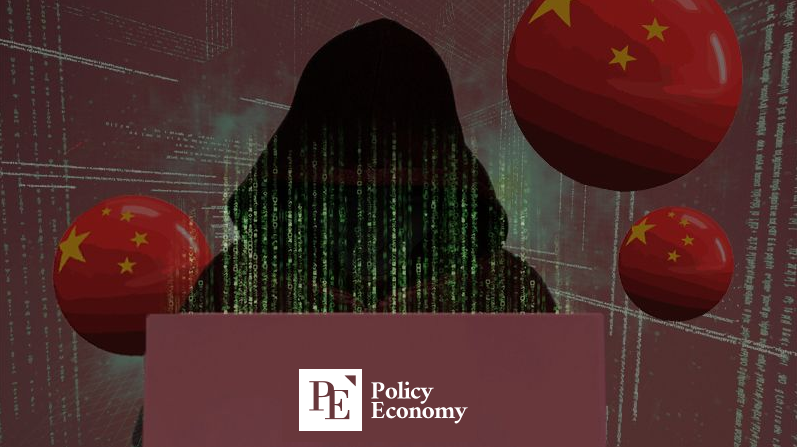
Domestic Strength, Global Reach
The power of the alliance lies in its ability to mobilize national resources and project them outward. Chinese AI firms, backed by favorable policy, have unprecedented access to data from e-commerce, payments, logistics, social media, and urban infrastructure. This data wealth enables faster training cycles, higher model accuracy, and improved user alignment, all while operating within a national framework of control and purpose.
One of the core advantages is the reduced dependency on foreign semiconductors. Through partnerships with SMIC and other domestic chipmakers, the alliance has secured a steady stream of AI-ready processors, even if they are not yet equivalent to the most advanced offerings from Nvidia or AMD. While lagging in raw power, these domestic chips are optimized for Chinese models and workloads, making them more cost-efficient at scale.
At the same time, the alliance is expanding its footprint through state-subsidized exports. AI products bundled with cloud infrastructure, smart city kits, and public service applications are being marketed to cities in Africa, Central Asia, and Southeast Asia. For governments in these regions, Chinese AI offerings present an affordable alternative to American systems, often with better language support and fewer political strings attached.
Domestically, the Chinese AI ecosystem is becoming increasingly integrated into daily life. From hospitals utilizing AI-assisted diagnostics to schools implementing adaptive learning platforms, the reach of the alliance is now being measured not just in benchmarks but in tangible outcomes. For the Chinese government, this integration reinforces political legitimacy, economic efficiency, and national pride.
Meanwhile, concern is growing in Washington. While the US continues to dominate in research and chip innovation, the pace of China's integration and policy alignment is hard to ignore. For American firms, competing with an entire country’s coordinated industrial strategy poses a unique challenge. Fragmented by competition and regulation, US tech companies cannot easily replicate the alliance model, even if they wanted to.
Despite sanctions and restrictions, the alliance is gaining speed. And as it does, it offers a new kind of AI development pathway, one that prioritizes stability, sovereignty, and scale over openness and individual rights. Whether this approach becomes globally dominant remains to be seen, but its appeal is undeniable, particularly among nations seeking an alternative to Silicon Valley’s values.
China is not merely building an AI industry. It is creating an AI world, structured in its image, governed by its own rules, and backed by its infrastructure. The alliance now stands as a symbol of that vision: resilient, resourceful, and reaching far beyond China’s borders.



